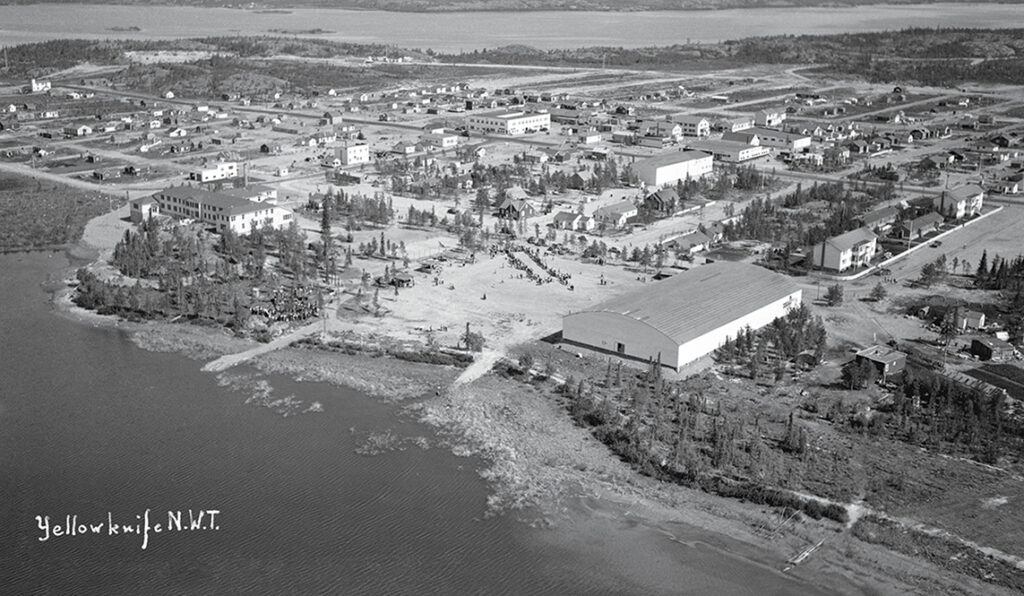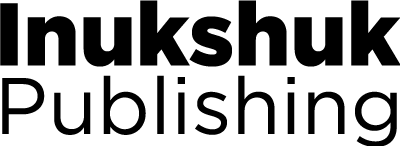Yellowknife Chamber of Commerce marks 70 years
A focus on business and community growth was critical to the continuing success of the Yellowknife Chamber of Commerce

In 1946, ENIAC, the first programmable digital computer, began operating, the bikini titillated the French fashion industry, Montreal beat Boston for the Stanley Cup, and a new car cost $1120, about half the average annual wage of $2500. A new house was more than double that at $5600. The big news in Yellowknife in 1946 was all about gold. The gold mines re-opened after a war-induced hiatus, and a huge staking rush to find more gold properties started just as the war ended. Factories re-tooling from war to industrial production caused a scarcity of jobs in southern Canada, which drove several men and women returning from Europe’s battlefields north to work in the gold mines and company-built communities.
That same year, an enterprising local named Gerry Murphy proposed the establishment of the Yellowknife Board of Trade. He thought businesses needed to lobby all levels of government to ensure that laws governing local businesses were fair and equitable. He also thought the group could focus on community improvement to assist the fast-growing post-war population, expected to expand more when Giant Mine started up in 1948. Accordingly, the Yellowknife Board of Trade started up in April 1946, pre-dating the Chamber of Mines and the establishment of the Municipality of Yellowknife in 1953. The new Board of Trade was housed in the basement of the Yellowknife Community Centre, next to the library, where it remained until 1982. Murphy became the Board’s first president.
The Board got off to a running start. In the first year, it produced a report on the feasibility of a winter road between Hay River and Yellowknife, produced a pamphlet promoting Yellowknife, hosted the Canadian Congress of Mining, lobbied for a federal constituency separate from Yukon and against a 15 percent tax on air transportation. It was not levied, thanks to the Board’s efforts. Over the next two years, membership grew to include nearly 80 businesses and individuals, and the Board held regular monthly meetings. In keeping with its focus on community development, the Board successfully campaigned for the construction of an indoor ice arena. In 1950, the Gerry Murphy Arena was completed in the new townsite, established in 1945-46, up the hill from Old Town. In 1950, the Board lobbied to get home improvement loans, available under the National Housing Act, extended to the Northwest Territories.

The Board’s lobbying efforts focused on high transportation costs, increasing taxes, community improvement, and political development for the next several years. In 1958, the Board made a presentation to the Royal Commission on Taxation, requesting tax concessions and increased tax exemptions to stimulate northern development and encourage families to keep their children in schools. In the 1960s, the Board, along with other Yellowknife residents, successfully lobbied to have Yellowknife named the capital of the Northwest Territories, which occurred in 1967. Promoting tourism became a long term Board goal, and in the 1950s, the Board opened a seasonal tourist information office in the Museum of the North. It was eventually taken over by the Northwest Territories Tourist Association. The Northwest Territories Tourist Conference took place in 1960. In 1974, a mining log cabin from a site near Giant Mine was purchased and moved to the park beside City Hall to use as a seasonal tourist information cabin. This cabin now houses the Fireweed Studio. In 1991, the Northern Frontier Visitors Centre took over visitor information services.

In 1959, the Board adopted Raymond the Raven as its official logo. Raymond was the brainchild of Mary Bryant, owner of Mary’s Tea Room. As early as 1954, the Board considered changing its name to the Yellowknife Chamber of Commerce, which happened in 1973. As the city grew, the Chamber continued to lobby for business and community. The town got a big boost in 1970 when it hosted the first Arctic Winter Games, an event lobbied for by the Board of Trade. In the 1970s, the Chamber held a series of public election forums and also began to offer business management courses, which it continues to do today. The first Annual Spring Trade Show was held in 1982, which has continued every spring since. The Chamber also promoted and organized Raven Mad Daze in June for several years to promote shopping downtown. A long-time supporter of home-based businesses (about 39 percent of all Yellowknife businesses) and small businesses, the Chamber promotes development through working with Futurepreneurs and the Northwest Territories’ Business Development Investment Corporation. Networking is promoted through the Chamber’s Business After Hours monthly receptions and at business luncheons.
Gold mining had a large role in Yellowknife’s economy since the 1930s, starting with the Con Mine in 1938, and expanding with the Giant Mine start-up in 1948 and had the Chamber’s attention very early on. Both mines closed in the early 2000s. In the 1990s, the huge diamond staking rush resulted in the development of Canada’s first diamond mine, Ekati in 1998. The Chamber made a presentation to the Environmental Assessment Review Panel in support of the Ekati project and for local business benefits and has supported industry since then. The Chamber provided financial support for the construction of the Northern Frontier Visitor’s Centre in 1991, and upon completion, moved into offices on the second floor where it stayed for several years. Eventually, the Chamber moved to the Commerce Building downtown, sharing the space with the NWT Chamber of Commerce and the NWT Construction Association.
Currently, there are 330 businesses on the membership roll, a 43.5% increase over 2014. Over the past year, the YK Chamber has advocated for many issues including increased community funding from MACA, a reduction in the small business tax, and the creation of a local preference policy for the City of Yellowknife for contracts under $100,000 for goods and services and $250,000 for construction projects. The YK Chamber successfully lobbied for no property tax increases in the 2015 and 2016 municipal budget and is currently working on an education initiative that will provide affordable training for businesses in Yellowknife. YKCI

